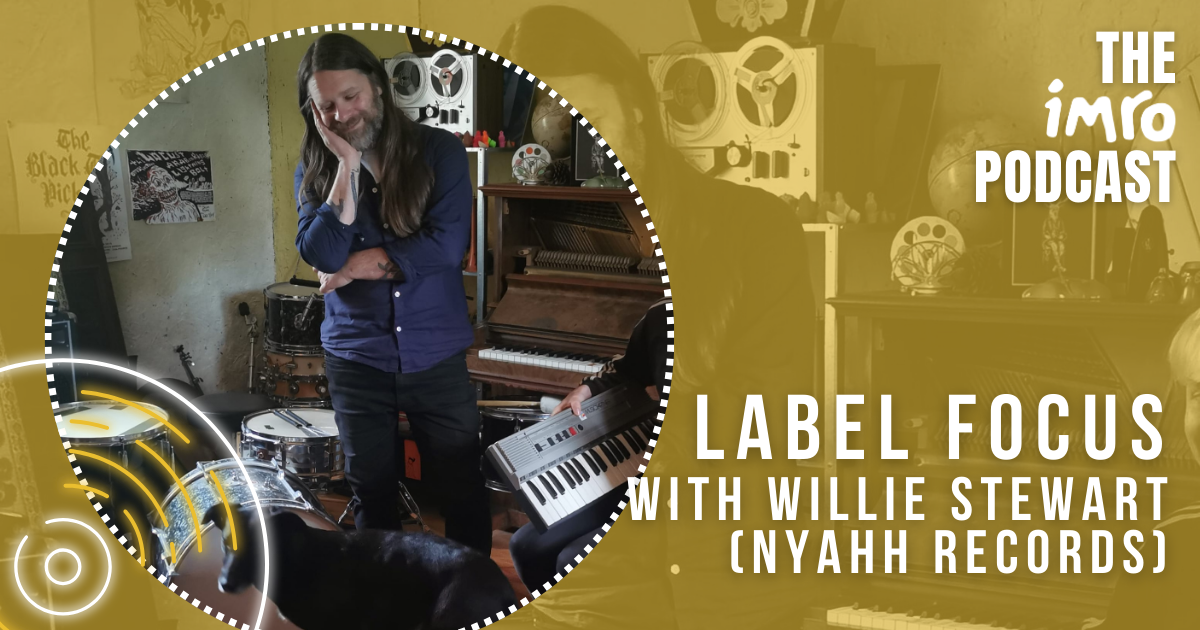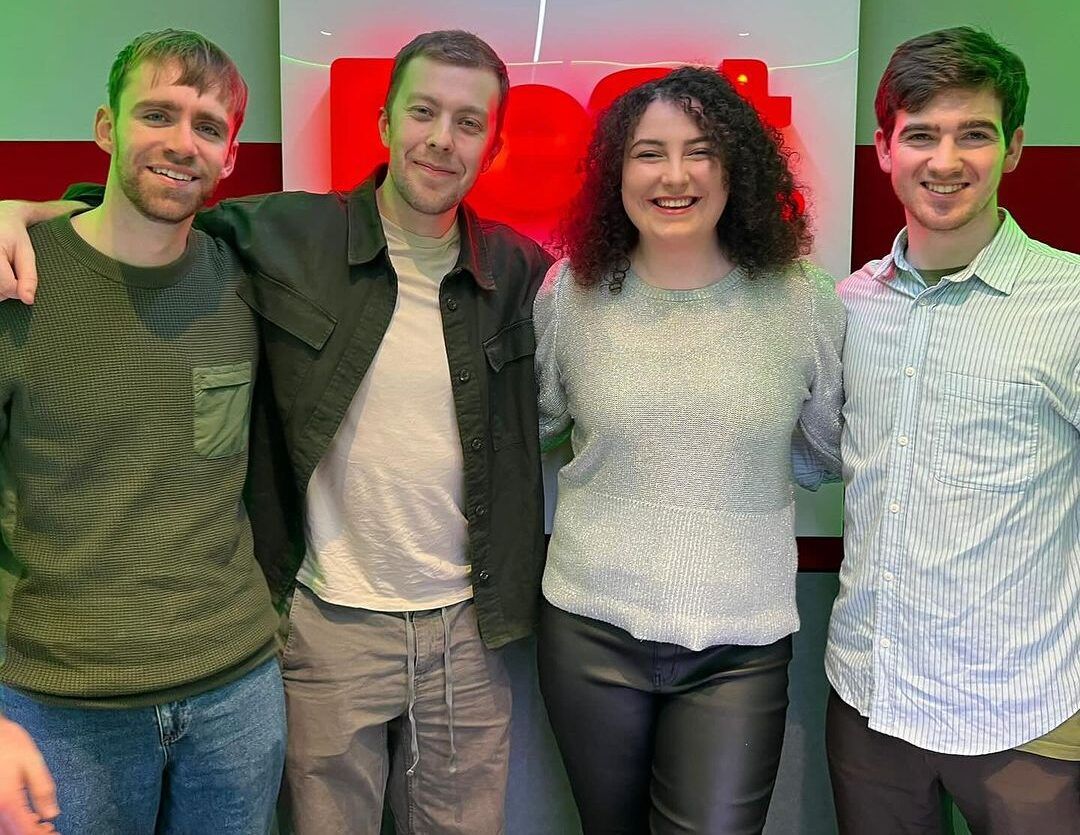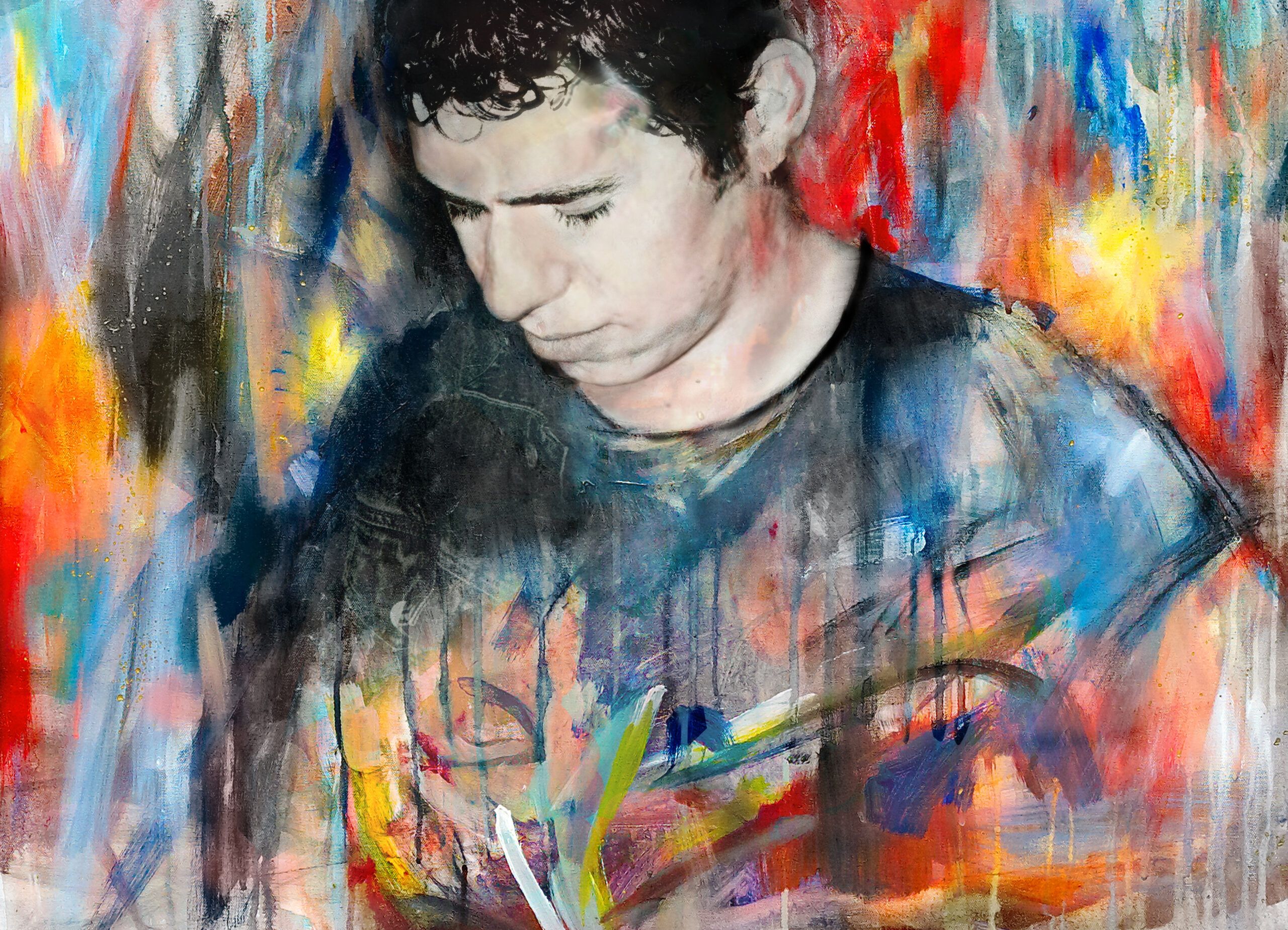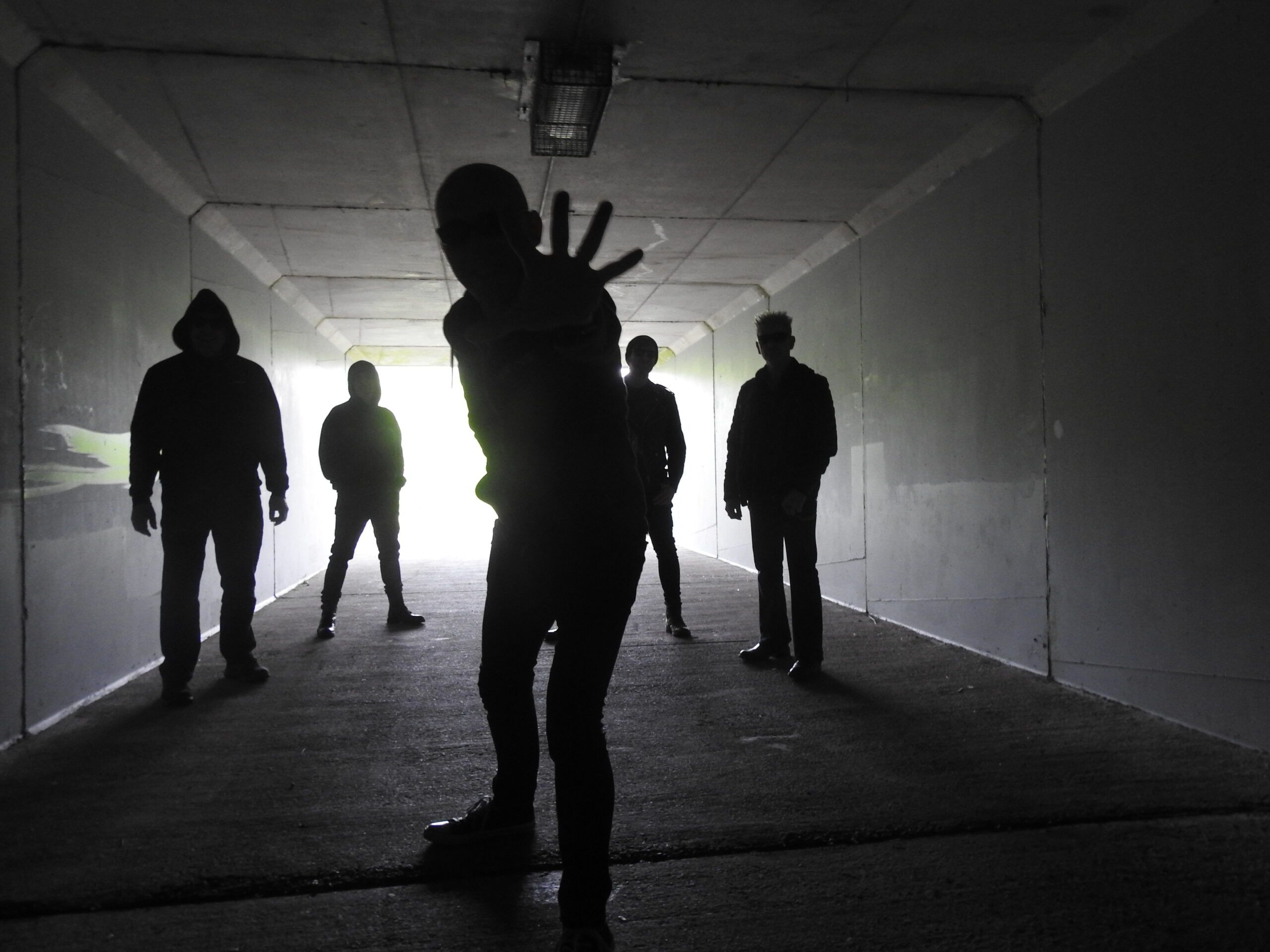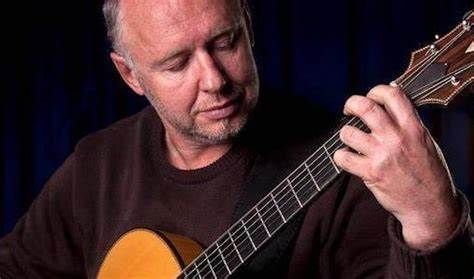IMRO Affinity Scheme Partner Spotlight: Lark Music – Bringing Balestrieri Back to life
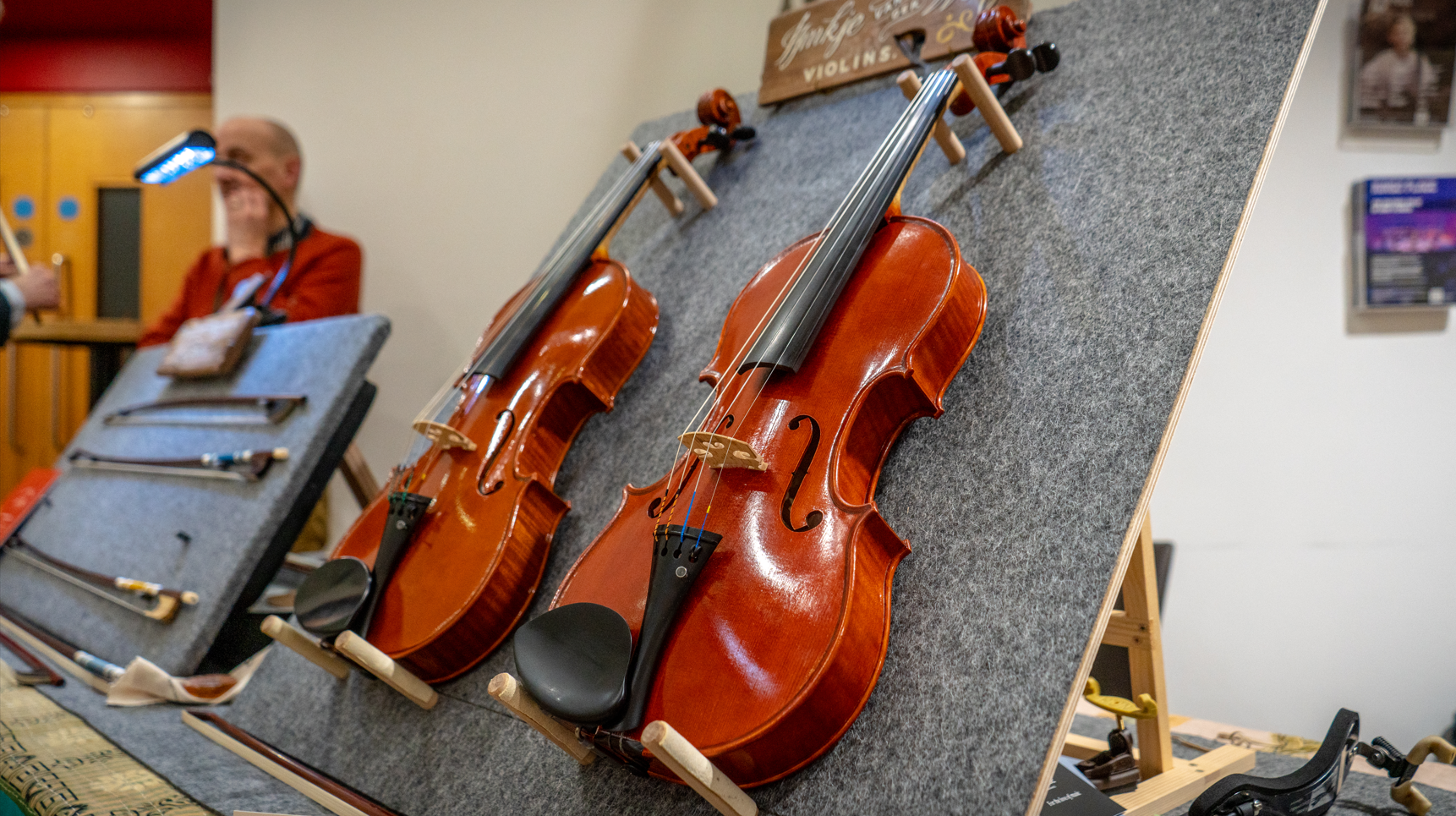
Bringing Balestrieri back to life
Many of us would be overjoyed at the opportunity to play or even own a violin made by one of Mantua’s most enigmatic makers, Tommaso Balestrieri. However, finding one in good condition after more than 240 years can prove challenging to say the least.
One owner was fortunate enough to find themselves in possession of a later period violin by Tomasso Balestrieri, Mantua, c.1780. With several cracks and a questionable varnish finish, the violin was far from its true potential, a huge disservice to a piece of musical history.
Fortunately the violin was brought to IJmkje van der Werf, a maker and restorer with more than 15 years’ experience working with some of the finest makers and restorers, currently working in the workshop of the Royal Academy of Music, amongst other places. But one question still remained…
Why risk restoring an instrument, especially such a significant one?
Making the decision to restore an instrument is not a simple one. It can be an investment in your instrument’s health and value, and it can save you money. A professional restoration can lower your insurance premium as well as reducing the risk of damage or loss that may lead to further insurance claims. In addition, if an insurance claim is made, it prevents any question over whether the instrument was properly maintained.
The violin’s owner explained:
“It was clear that the instrument had been neglected for a long period of time and I wanted to make sure that it was properly cared for going forward. I’m not always in favour of extensive restorations and do believe that some instruments are better left conserved rather than restored. However, after much consideration and discussion with peers, restoration seemed to be an acceptable choice for this instrument. I felt this violin still had a lot more to offer in its lifetime and that it could really benefit a musician in the future if it was restored properly.”
The owner approached Lark Music to see whether they could offer the insurance protection and peace of mind they already provide for his other instruments. After contacting Fay Watts, Manager at Lark Music for more than 15 years, they discussed the options and found the right insurance policy, with the instrument covered whilst under restoration.
Taking on the restoration
As a restorer, working on a piece of musical history can be daunting, even with years of experience. We spoke to IJmkje to better understand the perspective of a restorer….
When the owner approached you to undertake this restoration, what were your first thoughts?
I thought, ‘This is going to be a lot of work and it’s also pretty complicated. Will it be possible, can I do it and will it be worth it?’
This instrument is more than 200 years old, so how did you approach the restoration? Did you need to brush up your research into Balestieri?
Yes, I didn’t know that much about Balestrieri, so I looked in books, in my collection of Strad Magazine articles and articles online, and I went to see some other known examples of Balestrieri’s work in the flesh. I knew the owner is a musical instrument enthusiast and that he likes finding out everything he can about instruments, so I questioned him too.
Also, because this restoration is quite complex, I went to see several colleagues to talk over all the options and approaches of this violin.
What have been some of the challenges with this particular instrument?
This instrument has lots of cracks in the front, which looks bad but that is not the main issue. They will take time to repair but they are not that complicated. However, there is one very long crack (and a few small ones) in the back. This long crack is complicated, because the arching is distorted, and because it is a slab-cut maple back. That makes it more of a challenge to get the two of the crack back together neatly.
The other big challenge with this instrument is that the whole violin has been over varnished and there is some but not a consistent amount of original varnish left underneath. That means you have to think very carefully about whether and how much of that over-varnish to clean off, and how to retouch it.
In your time as a maker and restorer, what new techniques have made a difference to this project? What would you have done differently 20 years ago?
I think say 20 years ago we were already in quite a good place in terms of thinking about not intervening more than necessary in an instrument. That would have been different say 40 or 50 years ago. However, in the last few years the ‘less is more’ approach has come to the fore even more it seems. Some of the cracks in the front for example look quite bad, because they are very dirty and black. Some time ago you would have opened a crack like that, cleaned it and reglued it. Now, if it is structurally sound, you can try and clean it on the surface, without opening it, so that it will look better but it doesn’t need opening and completely reglueing. Because with every intervention you lose something original, however careful you are.
Also, we have some new materials for cleaning, new fillers and retouching methods and new techniques for example arching correction.
What have been some of your favourite aspects of working with this instrument?
Discovering and getting to know more about the work of this maker and this instrument, and piecing together what has happened to this violin in previous repairs and what is original.
Has this project given you new appreciation for Tommaso Balestrieri’s work? Will you take anything you’ve seen or learnt into your own work?
It has. I would be quite interested in making a violin after his model myself. So far I have mainly made Stradivari models, and this has quite a different outline and arching. The general opinion is that Balestrieris sound very good. This particular one was not in a very playable condition before, and it will be some time before it is. But I am very curious.
If you had a time machine, is there anything you would say to Balestrieri after working on this project?
I would ask him what his thoughts are about the arching and outline, how he changed them over time in his different periods of making instruments, and also how he came to be one of the few violin makers in Mantua at the time.
As a maker, what made you pick up restoration?
I have always done restoration work since I left school. I’m fascinated by getting things together and making things work again. Though I also like the freedom of making new things.
With the Balestrieri violin still undergoing restoration, we avidly await the completion of this project. It has revealed some interesting details of the instrument’s past and is a prime example of how to care for such an historically significant instrument.
Special thanks to IMRO Affinity Scheme Partner Lark Music for providing this article.
Lark Music has been providing Musical Instrument Insurance for more than 25 years, and our passion has grown with our experience. When you devote your life to music, you need someone who understands that dedication. At Lark Music, we pour as much passion into protecting your treasured musical instrument as you do into looking after it.
Lark Music customers benefit from:
- Cover for individual instruments, with no limit on value
- Cover for core risks such as fire, flood, loss, theft, and accidental damage
- Reimbursement for any loss of value in the event of a claim
- No admin charges for policy changes and a 14-day cooling off period
- Claims paid in cash, quickly
- Temporary cover for instruments on loan worth up to £50,000 for up to 60 days for free
- The option to add Unattended Vehicle Cover and Climatic Conditions Cover
Want more stories like this? Check out our website
Still not sure? Find out if Lark Music is right for you
Latest News
Music Creators
- Affinity Schemes
- Join IMRO
- Benefits of IMRO Membership
- IMRO Mobile App
- Members’ Handbook
- About Copyright
- Royalty Distribution Schedule
- IMRO Distribution Policies
- Competitions & Opportunities
- Travel Grant Form
- Irish Radio & Useful Contacts
- Other Music Bodies in Ireland
- Affinity Schemes
- Music Creator FAQs
- International Partners
- International Touring Guide
Music Users
- Do I Need a Licence?
- Sign Up for a Music Licence
- Pay Your Licence Online
- IMRO and PPI Tariffs
- Dual Music Licence Explained
- Music Licences for Businesses
- Music Licences for Live Events
- Music Licences for Broadcast & Online
- Music licences for Recorded Media
- Music Services B2B
- Music User FAQs
- What’s Your Soundtrack Campaign
- Terms & Conditions for IMRO Events Voucher Competition
- Cookie Policy
- Privacy Statement
- Disclaimer
- www.imro.ie
- Terms & Conditions
- © IMRO 2024
- Registered Number: 133321
Please select login
For Songwriters & Publishers
For Business Owners
